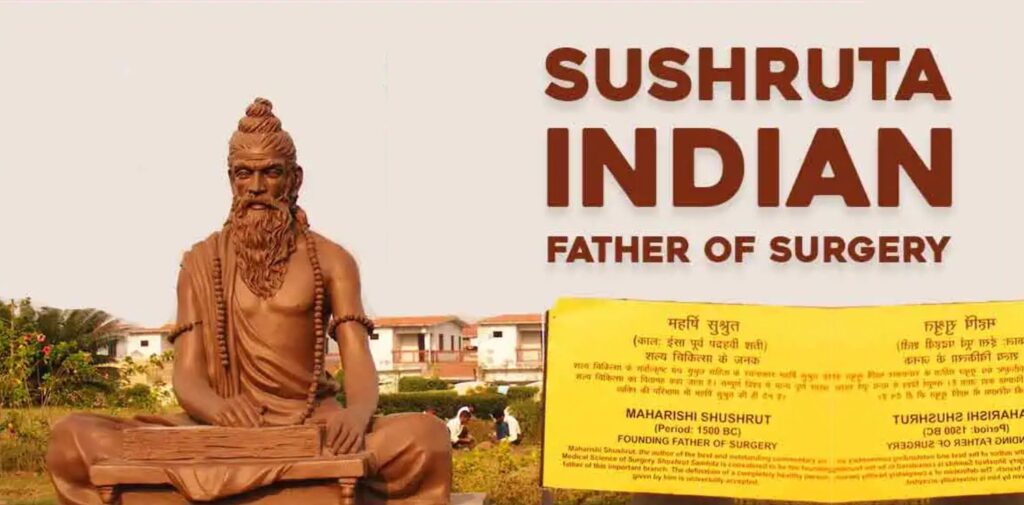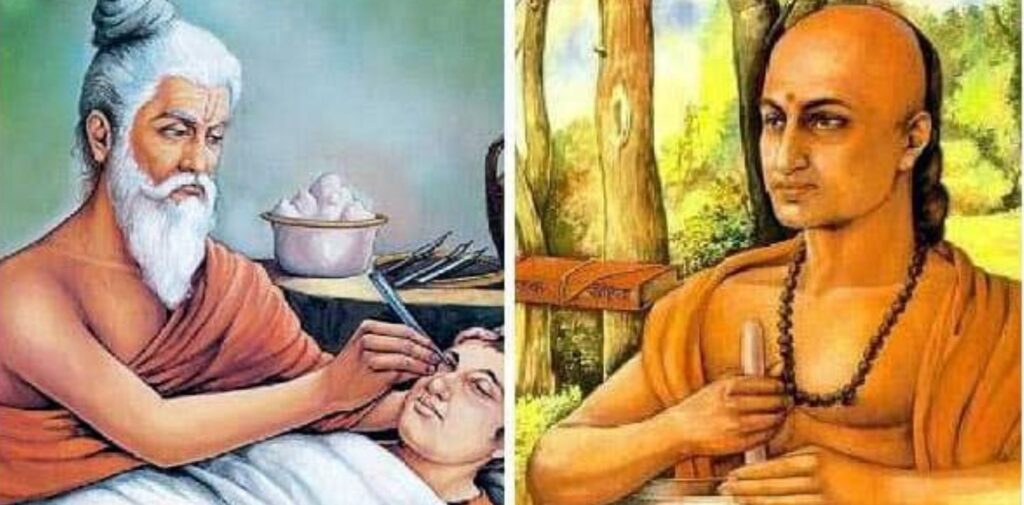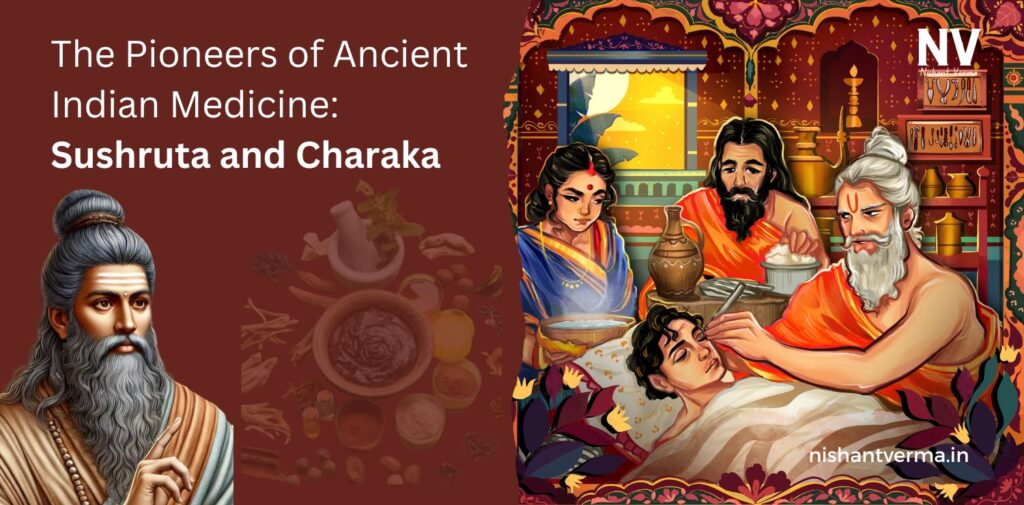India has a rich heritage of medical knowledge, with roots that stretch back thousands of years. Among the many scholars who contributed to this field, two figures stand out: Sushruta and Charaka. They played pivotal roles in shaping the foundation of Ayurveda, the traditional system of medicine in India. In this article, we will explore who Sushruta and Charaka were, their contributions to medicine, and how their legacies continue to influence health practices today.
Who Was Sushruta?
Sushruta, often referred to as the “Father of Surgery,” was an ancient Indian physician believed to have lived around the 6th century BCE. He is best known for his work, the Sushruta Samhita, which is one of the earliest texts on surgery and medicine in the world. Sushruta’s contributions to the medical field are significant and cover various aspects of surgical techniques, anatomy, and patient care.

The Sushruta Samhita
The Sushruta Samhita is a comprehensive treatise that discusses over 120 surgical procedures and a wide range of medical conditions. It is divided into several sections, including:
- Anatomy: Sushruta meticulously described human anatomy, focusing on various parts of the body. He performed dissections and encouraged the study of the human body to better understand its functions.
- Surgical Techniques: He introduced many surgical techniques, such as suturing, the use of scalpels, and procedures for cataract surgery. His methods were groundbreaking for their time and emphasized precision and safety.
- Instruments: Sushruta also detailed various surgical instruments, many of which were unique to his practice. These included scalpels, forceps, and other tools still used in modern surgeries.
- Principles of Surgery: His teachings included pre-operative and post-operative care, emphasizing the importance of hygiene and proper patient management to prevent infections and complications.
Who Was Charaka?
Charaka was another remarkable figure in ancient Indian medicine, known primarily for his contributions to the field of internal medicine. He is thought to have lived around the same time as Sushruta, in the 2nd century BCE, and is the author of the Charaka Samhita, a foundational text in Ayurveda.

The Charaka Samhita
The Charaka Samhita is an extensive work that covers a variety of topics related to health, disease, and treatment. It consists of eight sections, focusing on:
- Philosophy of Medicine: Charaka’s work emphasizes the importance of understanding the patient’s constitution (Prakriti) and the balance of the three doshas (Vata, Pitta, and Kapha) to diagnose and treat diseases effectively.
- Diagnosis: Charaka was a pioneer in developing diagnostic techniques, including the examination of pulse, urine, and physical symptoms. He laid the groundwork for understanding how to assess a patient’s condition comprehensively.
- Therapeutics: He provided detailed descriptions of various herbal remedies and treatments. Charaka advocated for the use of natural substances, diet, and lifestyle changes to promote health and prevent disease.
- Holistic Approach: One of Charaka’s significant contributions is his holistic approach to medicine. He emphasized the importance of mental and emotional health, alongside physical well-being, in the healing process.

The Legacy of Sushruta and Charaka
The contributions of Sushruta and Charaka are not only foundational to Ayurveda but also continue to influence modern medical practices in various ways. Here are a few key aspects of their enduring legacy:
- Surgical Techniques: Many surgical techniques described by Sushruta, such as rhinoplasty (reconstruction of the nose) and cataract surgery, have found their place in contemporary medicine. His emphasis on careful surgical practices and post-operative care set high standards that are still relevant today.
- Holistic Health Practices: Charaka’s holistic approach has inspired modern integrative medicine, where traditional and modern practices coexist. His understanding of the mind-body connection resonates with current trends in mental health and wellness.
- Importance of Natural Remedies: Both Sushruta and Charaka championed the use of natural remedies and a balanced diet. In an age where there is a growing interest in herbal medicine and natural treatments, their teachings remain highly relevant.
- Educational Influence: The texts of Sushruta and Charaka have been studied by generations of medical practitioners and students. Their works are not just historical documents; they continue to be part of the curriculum in Ayurvedic education today.
Conclusion
Sushruta and Charaka were visionary thinkers who laid the groundwork for a comprehensive system of medicine that has endured through the ages. Their contributions to surgery and internal medicine have had a profound impact on both traditional and modern healthcare practices. As we continue to explore the intersection of ancient wisdom and modern science, the teachings of Sushruta and Charaka remind us of the importance of a holistic approach to health and well-being.
In a world increasingly focused on quick fixes and technological advancements, their emphasis on patient care, natural remedies, and understanding the human body serves as a timeless guide for all those involved in the healing arts. Whether through surgical precision or the balanced approach of Ayurveda, the legacies of Sushruta and Charaka remain vital to the ongoing evolution of medicine.




